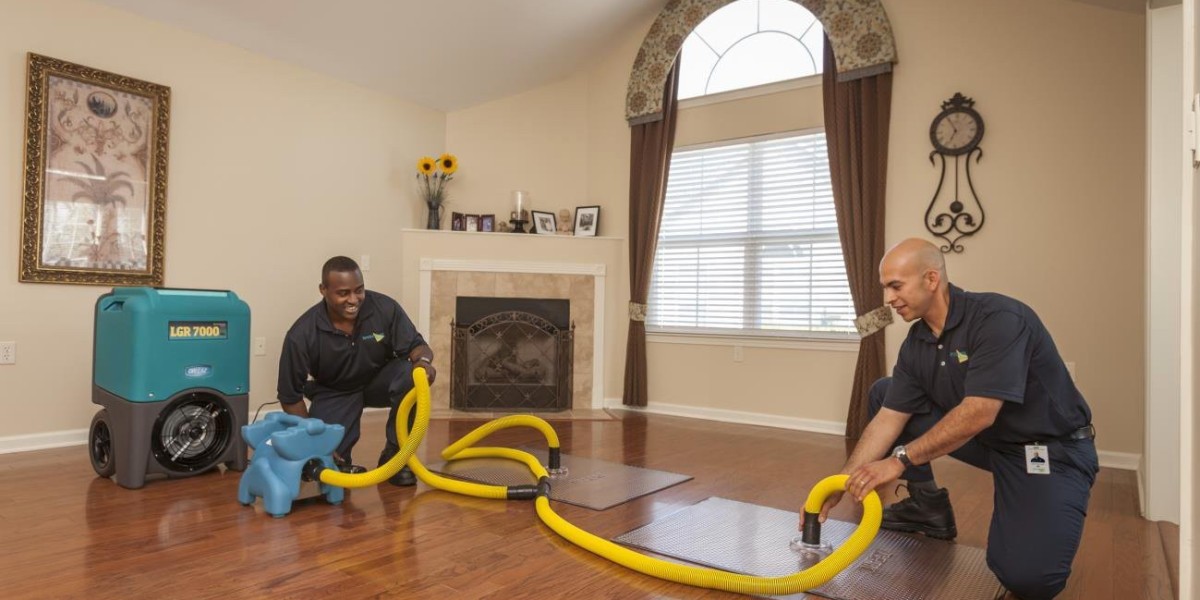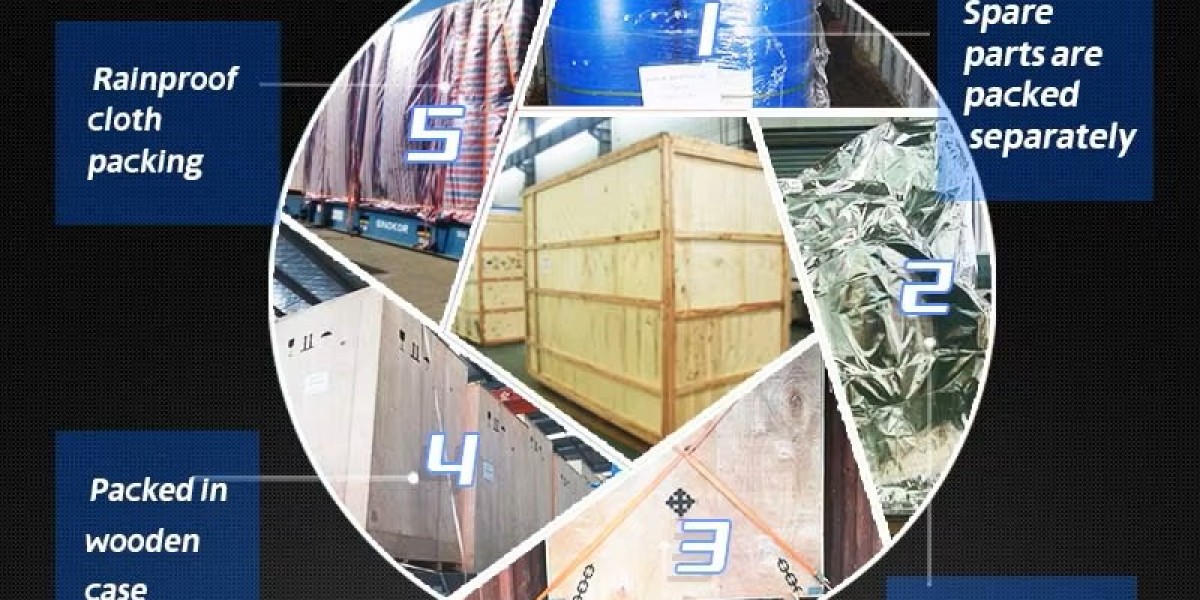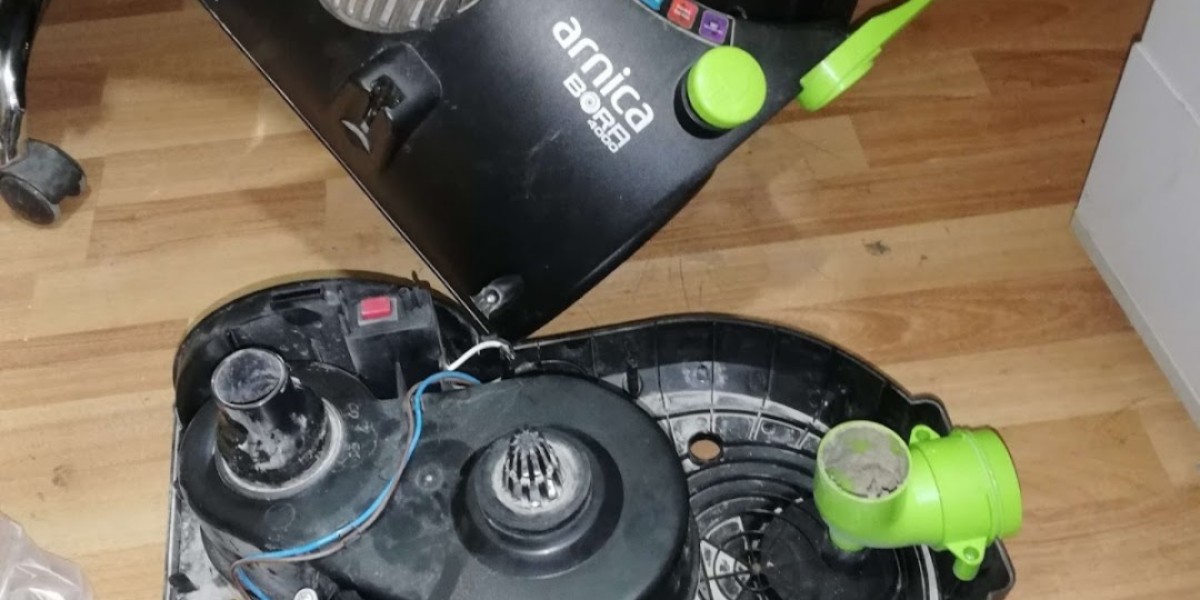Water damage can strike at any time in Dallas and Fort Worth, whether from a sudden storm, a burst pipe, or an overflowing appliance. For homeowners and businesses alike, the aftermath can feel overwhelming. Floors may be soaked, furniture ruined, and mold growth a looming concern. That’s why understanding how professional water cleanup works—and why quick action is so important—can make the difference between a smooth recovery and long-term property damage.
In this guide, we’ll walk through the step-by-step process of water cleanup as it’s done by trusted professionals in the Dallas–Fort Worth area.
Step 1: Immediate Response and Assessment
The first hours after water damage are critical. Reputable water cleanup companies in Dallas and Fort Worth provide 24/7 emergency services because the faster the response, the lower the risk of secondary damage. When technicians arrive, their first task is to assess the extent of the water intrusion. They determine the source of the water—clean, gray, or black water—and evaluate how far the moisture has spread. Using advanced tools like thermal imaging cameras and moisture meters, professionals can detect hidden water pockets that are often missed in a quick visual inspection.
Step 2: Stopping the Source and Ensuring Safety
Before cleanup begins, the water source must be stopped. For plumbing-related incidents, this may involve shutting off the main water valve. If flooding results from storms, technicians focus on securing the property and ensuring safety. Electrical hazards are also checked, since water around wiring or outlets can be extremely dangerous. Only after the area is safe can the real cleanup process begin.
Step 3: Water Extraction
Standing water causes the most immediate damage. Professional-grade pumps and truck-mounted vacuums are used to extract large volumes of water quickly. This step is crucial because the longer water remains, the deeper it seeps into flooring, drywall, and structural materials. In homes across Dallas and Fort Worth, rapid water extraction is the difference between saving or replacing expensive flooring and furniture.
Step 4: Drying and Dehumidification
Even after visible water is removed, moisture lingers within walls, subfloors, and air. This is where industrial air movers and powerful dehumidifiers come into play. Professionals carefully balance airflow and humidity control to draw out trapped moisture without causing further damage. During this stage, technicians monitor moisture levels daily, adjusting equipment as needed to ensure thorough drying. Dallas–Fort Worth’s humid climate makes this step particularly important, since lingering moisture can quickly lead to mold infestations.
Step 5: Cleaning and Sanitizing
Water damage isn’t just about removing moisture—it often leaves behind dirt, debris, and potential contaminants. Carpets, upholstery, and affected surfaces are thoroughly cleaned and sanitized to restore a safe living environment. When black water from sewage backups or storm flooding is involved, disinfection becomes even more critical. Professionals use specialized cleaning agents and antimicrobial treatments to eliminate health risks and odors, ensuring the space is safe for occupants.
Step 6: Mold Prevention and Treatment
One of the greatest risks following water damage is mold growth, which can begin within 24–48 hours. Experienced water cleanup companies in Dallas and Fort Worth often incorporate mold prevention into their process. They apply antifungal solutions and monitor high-risk areas for early signs of spores. If mold is already present, remediation steps are taken to remove contaminated materials and restore healthy indoor air quality.
Step 7: Restoration and Repairs
The final stage of water cleanup is restoring the property to its pre-damage condition. Depending on the severity, this may include replacing drywall, repairing flooring, or repainting walls. For businesses, it can involve restoring important equipment or office spaces to get operations back on track. The goal is not just to remove the water, but to fully restore comfort, safety, and functionality to the home or business.
Why Professional Water Cleanup Matters in Dallas and Fort Worth
While some property owners attempt DIY cleanup, professional services offer expertise, equipment, and efficiency that simply can’t be matched. Dallas and Fort Worth homes face unique challenges such as flash floods, plumbing emergencies, and seasonal storms. A reliable water cleanup company brings peace of mind with fast response times, thorough drying techniques, and comprehensive restoration services.
Attempting cleanup without the proper tools can leave behind hidden moisture that leads to mold, warped structures, and costly long-term repairs. By trusting professionals, property owners protect their investment and ensure their space is safe for family, employees, or tenants.
Final Thoughts
Water damage is stressful, but recovery doesn’t have to be. Understanding the step-by-step water cleanup process—from assessment and extraction to drying, sanitization, and restoration—gives homeowners and businesses in Dallas and Fort Worth confidence in handling unexpected emergencies. With quick action and the right professional team, your property can be restored to its original condition, allowing you to move forward with peace of mind.








